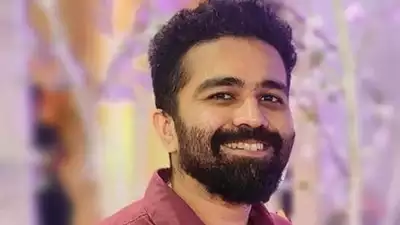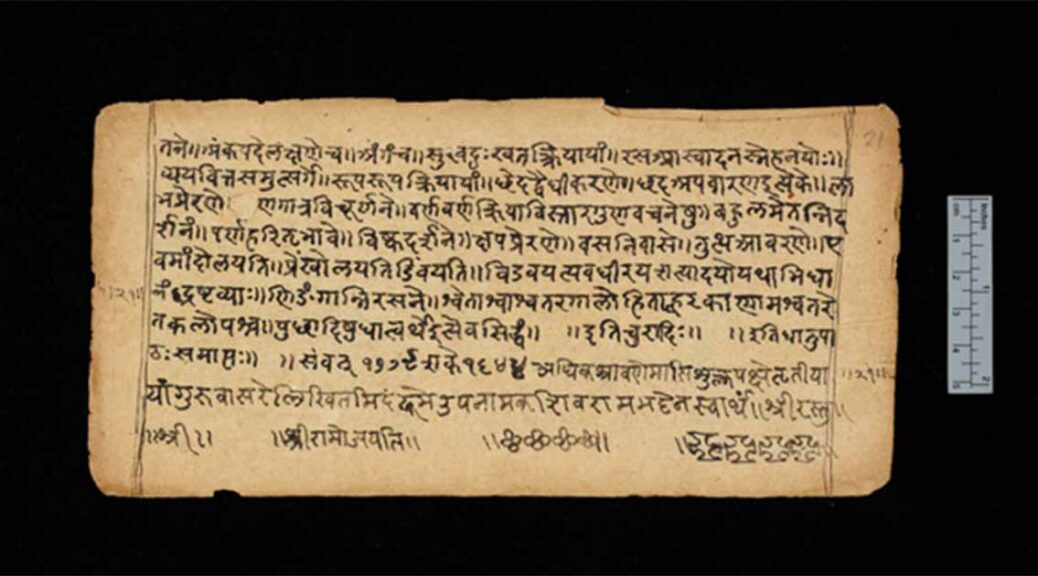Rishi Rajpopat, the Indian Ph.D. student at Cambridge, cracks 2,500-year-old ‘father of linguistics’ Panini code
A grammatical problem which has defeated Sanskrit scholars since the 5th Century BC has finally been solved by an Indian PhD student at the University of Cambridge, it emerged as his thesis was published on Thursday.
Rishi Rajpopat made the breakthrough by decoding a rule taught by Panini, known as the father of linguistics, and is now encapsulated in his thesis entitled ‘In Panini, We Trust: Discovering the Algorithm for Rule Conflict Resolution in the Astadhyayi.’
According to the university, leading Sanskrit experts have described Rajpopat’s discovery as “revolutionary”.

The 2,500-year-old algorithm decoded by him makes it possible, for the first time, to accurately use Panini’s so-called “language machine”.
Panini’s grammar, known as the Astadhyayi, relied on a system that functioned like an algorithm. Feed in the base and suffix of a word and it should turn them into grammatically correct words and sentences through a step-by-step process.
However, two or more of Panini’s rules often apply simultaneously, resulting in conflicts. Panini taught a “metarule”, which is traditionally interpreted by scholars as meaning “in the event of a conflict between two rules of equal strength, the rule that comes later in the grammar’s serial order wins”. However, this often led to grammatically incorrect results.
Rajpopat rejected the traditional interpretation of the metarule. Instead, he argued that Panini meant that between rules applicable to the left and right sides of a word respectively, Panini wanted us to choose the rule applicable to the right side. Employing this interpretation, he found the Panini’s “language machine” produced grammatically correct words with almost no exceptions.
Panini’s system is thought to have been written around 500 BC.
“I had a eureka moment in Cambridge,” recalls Rajpopat. “After nine months trying to crack this problem, I was almost ready to quit, I was getting nowhere.
So, I closed the books for a month and just enjoyed the summer…. Then, begrudgingly I went back to work, and, within minutes, as I turned the pages, these patterns started emerging, and it all started to make sense…,” said the 27-year-old scholar. It would take him another two and half years before he would get to the finish line.
“My student Rishi has cracked it – he has found an extraordinarily elegant solution to a problem which has perplexed scholars for centuries.
This discovery will revolutionise the study of Sanskrit at a time when interest in the language is on the rise,” said professor Vincenzo Vergiani, Sanskrit professor and Rajpopat’s PhD supervisor. Sanskrit is an ancient and classical Indo-European language. It is spoken in India by an estimated 25,000 people today.
